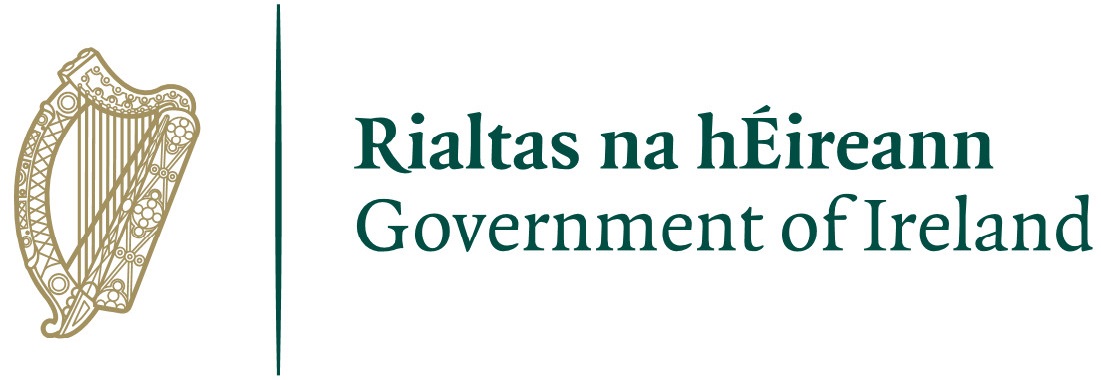Press Release: 15th July 2015
Kilkenny People
Kilkenny LEADER Partnership faces fight to continue as LAG.
Kilkenny LEADER Partnership is facing a fight to stay on as the county’s Local Action Group (LAG), making decisions on how grants are to be allocated and formulating a development strategy.
KLP has carried out this task since 1992, but now has competition from the newly established Local Community Development Committee (LCDC) for the role. LCDCs were set up under the Local Government Reform Act 2014, and it is Government policy that they should operate as the LAG.
The issue over which body is to be the LAG is not the first obstacle that LEADER is grappling with in Kilkenny this year. The funding of €7.7 million for Kilkenny over the next six years represents a reduction of 42% compared to the previous allocation.
There are now two competing expressions of interest for the first stage applications to act as LAG. KLP has now proposed a compromise arrangement on the issue, and the LCDC is to meet on August 7 in order to discuss and vote on it.
For LEADER, the country is split into 28 regions, and there was expressions of interest invited form each of those regions. There were 45 expressions of interest in those 28 areas. Nineteen areas had single expressions or interest, and typically in those cases, the LCDC acts as the LAG, with a local development company acting as the implementing partner. In Kilkenny, there were two submissions- one from the LCDC and one from KLP.
Chief Officer to Kilkenny LCDC, Kevin Hanly, says that Government policy dictates that the LCDC should be the LAG, and that the LCDC see KLP as being the implementing party. “The optimum is that the LCDC would be the LAG” he says.
“That it would be an overarching committee for the county, would have representation-both State and through he PPN-and don’t forget the PPN are elected by the people on the ground, so this is bottom-up. It’s about better local representation.” KLP disputes this, maintaining that the Government’s stated preference for the LCDC as the LAG is contrary to an open and fair selection process.
“The EU has already written to the Government on its interference and one-sidedness”, says KLP CEO Declan Rice.
“The EU provides LEADER money on condition that it is independent of political and statutory control and bringing funding decisions under council-led committee is not consistent with that independence.”
Submissions for the LAG, where successful, necessitate the creation of a local development strategy.
“ So if KLP and the LCDC are successful in their expressions of interest-and we’ll find that out next week-[both will] be given the nod to go ahead and create [a] local development strategy,” says Mr Hanly.
This could result in a joint LAG, or, alternatively, two strategies could be developed independently of one another. The Department would then make a decision as to who is to the LAG for the region based on the Local Development Strategies (unless a compromise agreement is made in the interim).
KLP has made it clear that it does not wish to split the county (a move which would require the consent of both sides). A fortnight ago, KLP engaged with the LCDC at a meeting facilitated by the Department of the Environment.
Subsequent to that meeting, KLP put a proposal to the LCDC which was brought to the LCDC meeting on Friday. It is to be considered formally by the LCDC on August 7, and voted on.
However, the clock will start running tomorrow (July16) on a six-month period to get a Local Development Strategy together. KLP has said that, regardless of what is decided, both sides should agree to move things forward as speedily as possible.
“It doesn’t have to take anything like six months,” says Mr Rice. “We should reach agreement very quickly- if agreement is possible at all!” he stated. “KLP is disappointed at he LCDC’s postponement on responding to its compromise offer. We should all aim to have LEADER up and running within a matter of a few months.”
He suggests that shortening the delay could be achieved in two ways.
AGREEMENT
“Firstly, we can reach agreement to have one joint application. And if the LCDC decide to accept that, subject to agreement, we are prepared to take on the heavy lifting of drafting the proposal” he told the Kilkenny People
“Or alternatively- it they don’t accept our compromise offer, we are proposing that we should at least agree between ourselves that if we are going to compete, we will do so over a shorter period –say a six to eight week period-and make sure that Kilkenny’s communities and small enterprises get LEADER assistance earlier rather than later. We see no reason to wait six months.
ENDS
Sam Matthews
sam.matthews@kilkennypeople.ie

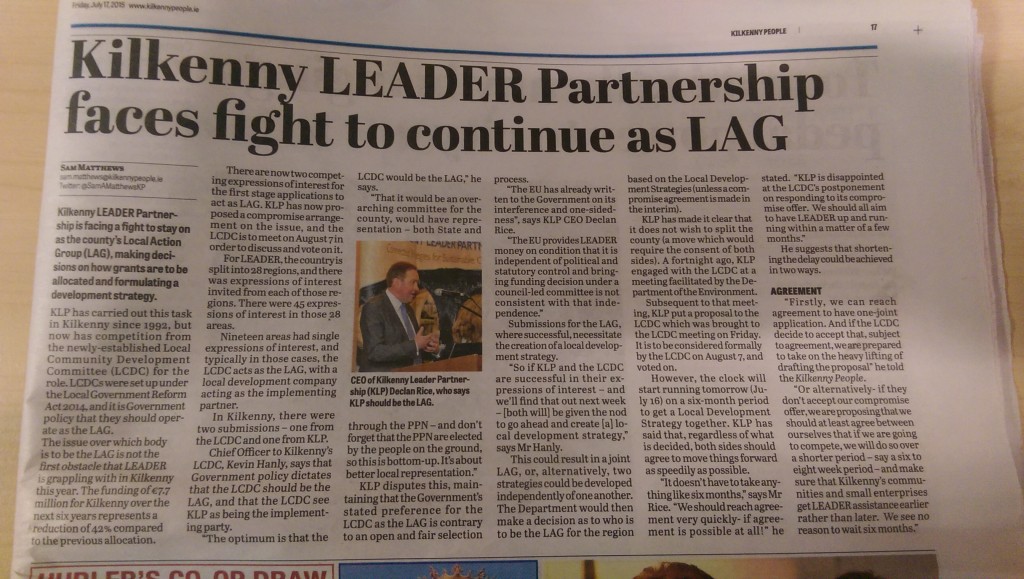

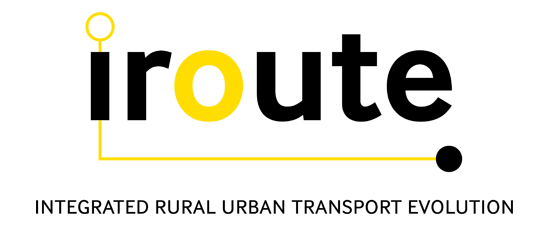
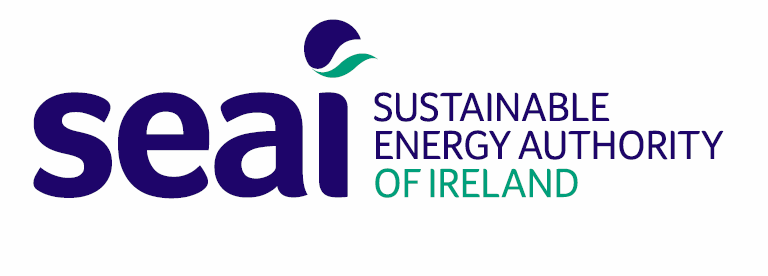
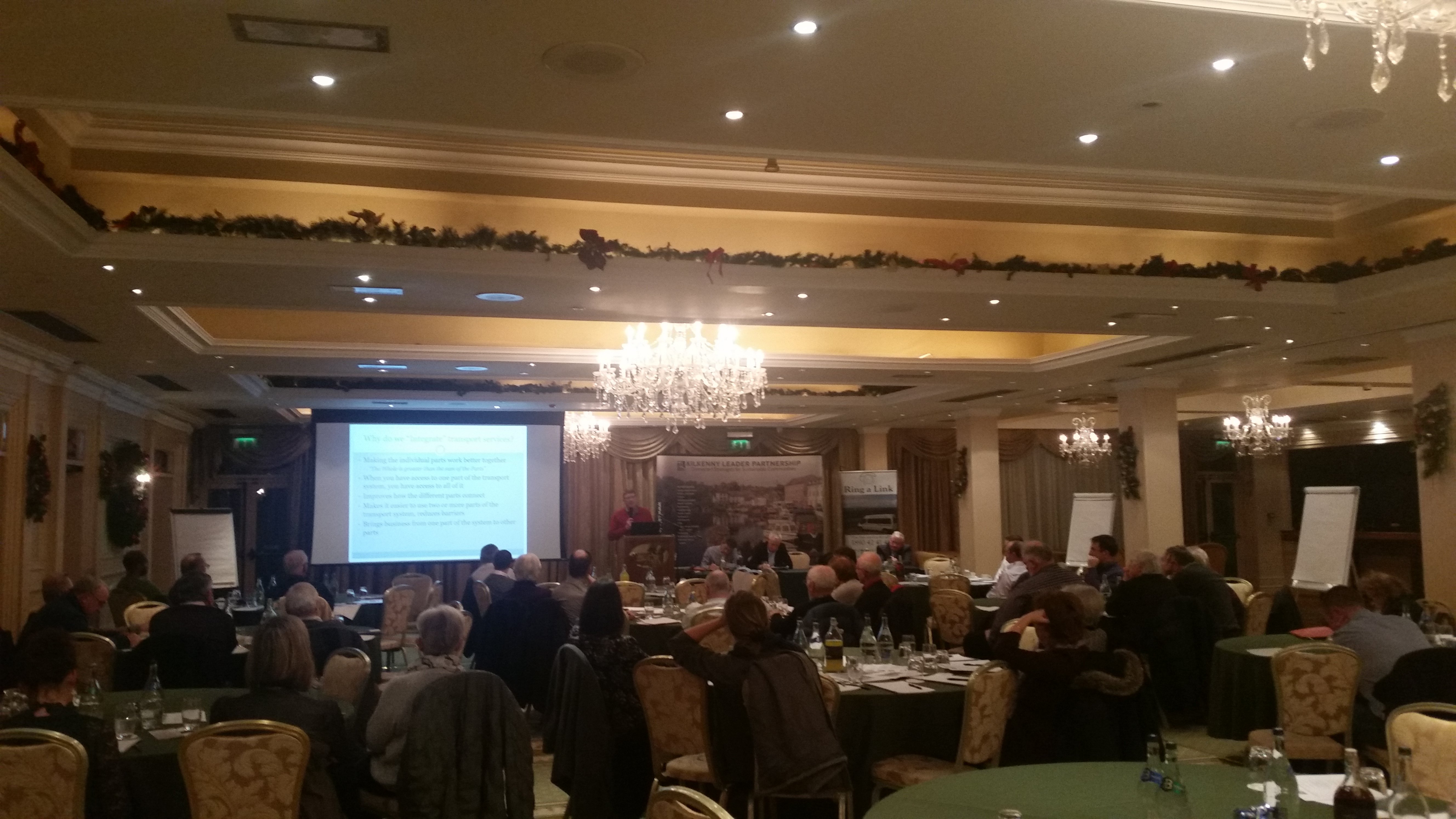
![23-27 LEADER Programme Logos-2040 logo Text PNG[29] 23-27 LEADER Programme](http://cklp.ie/wp-content/uploads/23-27-LEADER-Programme-Logos-2040-logo-Text-PNG29.png)




